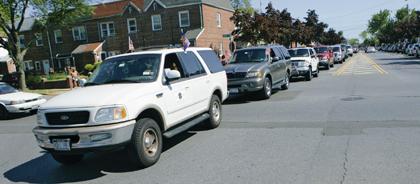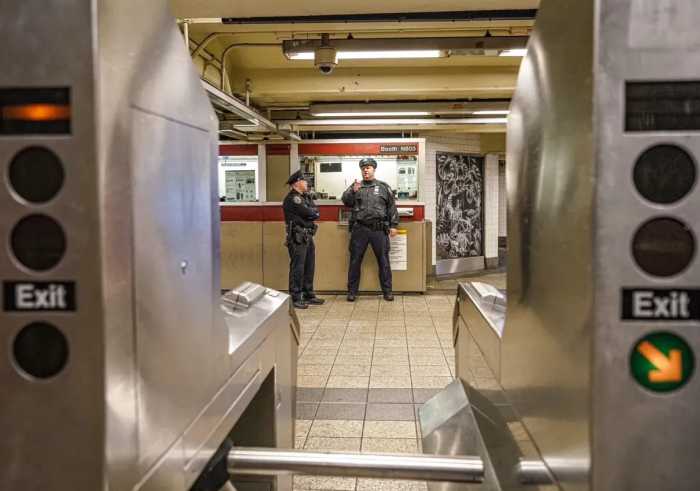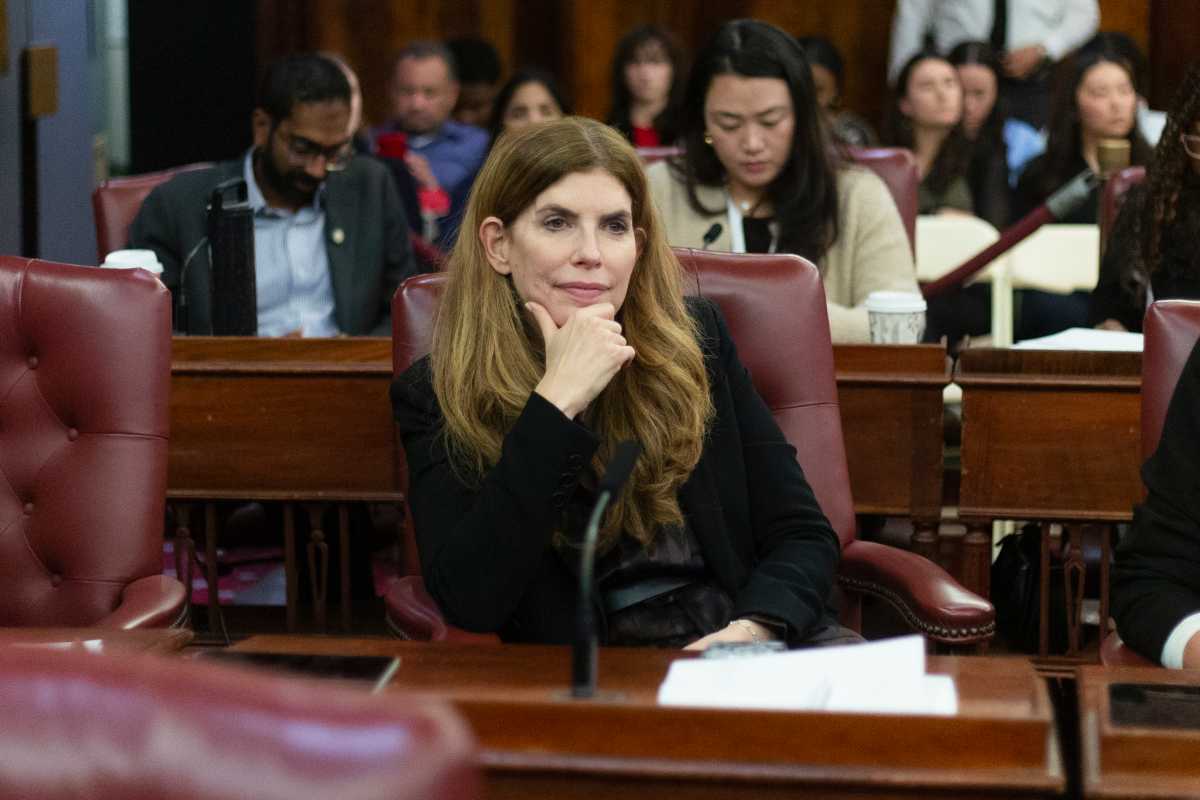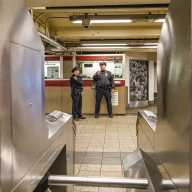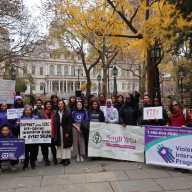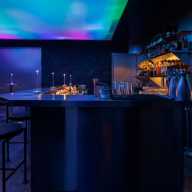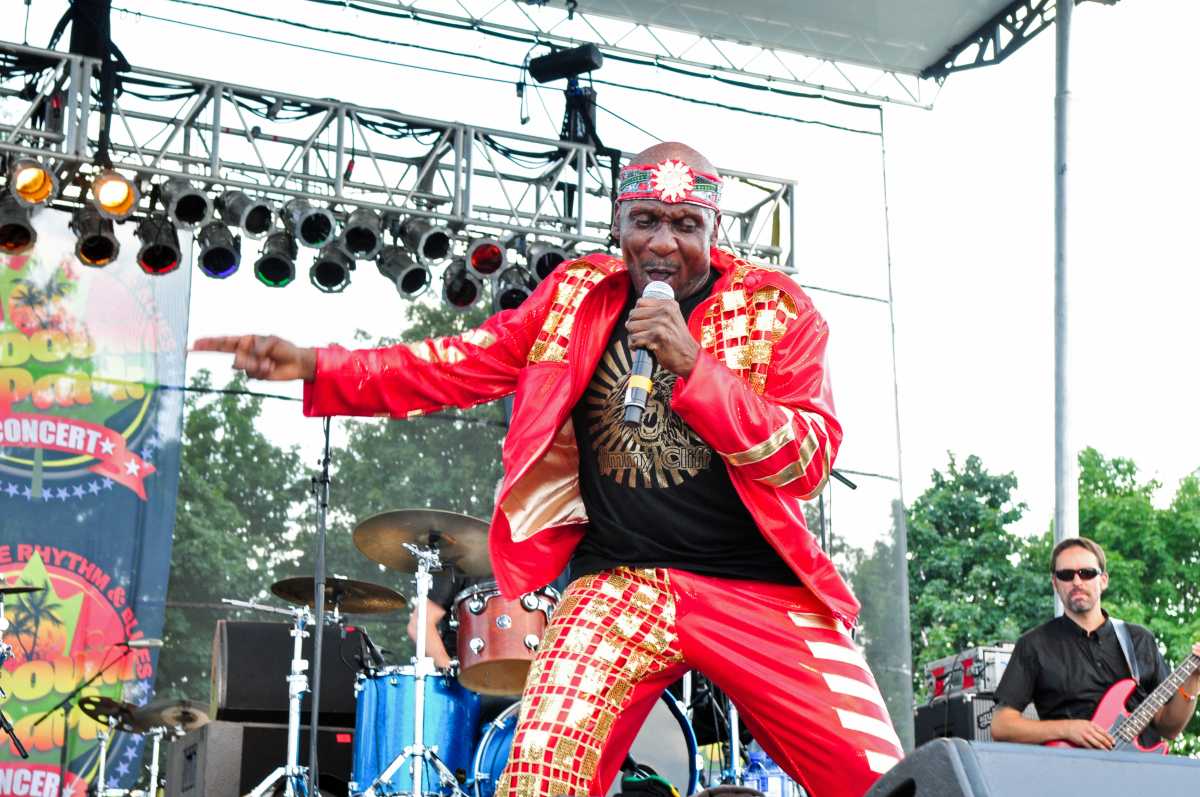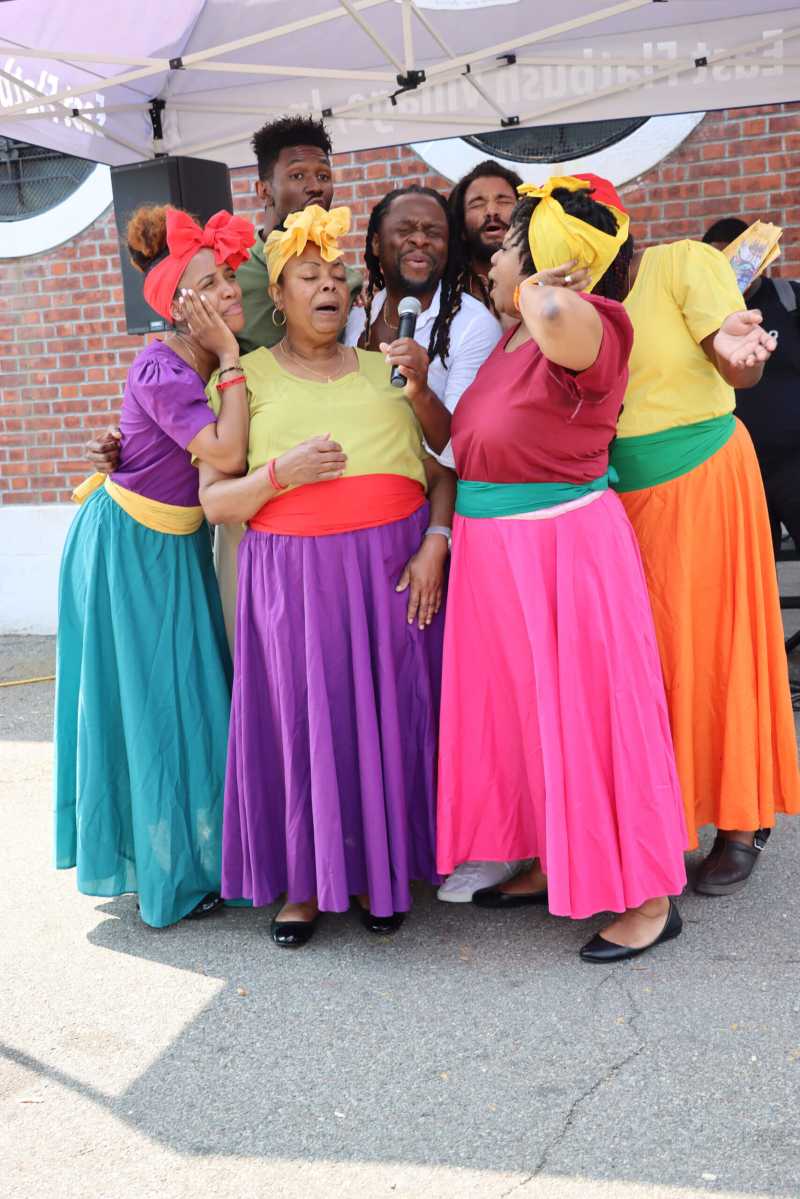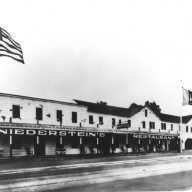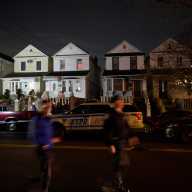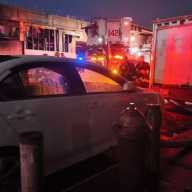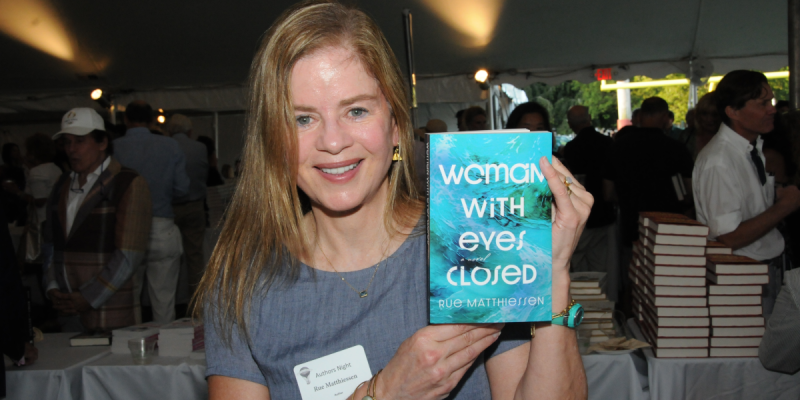By Ivan Pereira
Last month a massive rezoning plan was approved by the City Council to guarantee that the quiet, suburban nature of Laurelton would remain untouched by future developers.
Now plans are underway to make sure its celebrated historic architecture does not become a thing of the past.
Paul Graziano, the Historic Districts Council president, said he and neighborhood civics, such as the Concerned Citizens of Laurelton, have been making progress in their efforts to have the southeast Queens community designated a historically significant area by the city Landmarks Preservation Commission.
Graziano said he submitted a proposal to the state earlier this year to have Laurelton named a national and state historic district and a few weeks later received a response saying that it would be potentially eligible.
“This is the beginning of a movement to protect these special buildings,” he said.
Although the 220−block rezoning of Laurelton redesignated most of the area to one− and two−family homes, it does not completely prevent future developers from building out−of−character buildings, according to Graziano, who helped design the rezone plan.
“Zoning is an imaginary envelope. Within that envelope, a property owner can do anything that they want,” he said. “Even if you’re controlling the size of the buildings, you are not controlling what the buildings look like.”
Laurelton was established 101 years ago as a new suburban area for the city’s increasing population, Graziano said. Many of the buildings and the green street malls that were created when the neighborhood was first developed still remain.
A Landmarks Preservation spokeswoman said the agency has not received any request for a historical neighborhood designation in the area but would be happy to hear any.
Under Graziano’s plan, the community would be divided into two historical districts, one that encompasses an area south of Merrick Boulevard and a smaller space just north of the boulevard. He said he will be working out the exact boundaries with the state as it evaluates the historical district pitch.
If the proposal is accepted, it will make it easier for the city to designate the area as a landmark district, which would legally protect the homes from demolition or major change, according to Graziano. The urban planner said the city has not been supportive of landmarking suburban areas and the area lacks major recognition of its historical sites.
“Here’s the kicker: In the area, there is only one landmark to date — the Cornell Graveyard in Far Rockaway,” he said.
Lisi de Bourbon, the Landmarks Preservation spokeswoman, refuted Graziano’s assessment, saying that the agency does not have a bias toward any type of city community.
“We’re very receptive to historic districts as long as they are receptive to historic district status,” she said.
Reach reporter Ivan Pereira by e−mail at ipereira@timesledger.com or by phone at 718−229−0300, Ext. 146.

